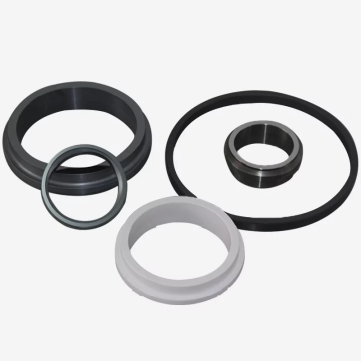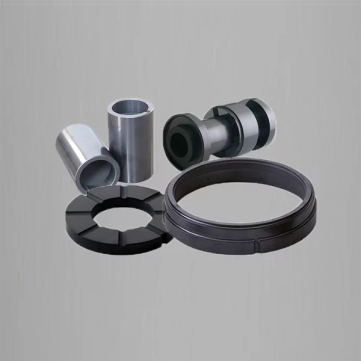Know how a mechanical seal functions? The application and operation of a mechanical seal are described in this article. Mechanical seals are frequently employed to stop liquid or gas leaks in machinery or commercial operations. They typically function by sealing against the inside surface of a cylinder that has fluid flowing through it.
Mechanics of Mechanical Seals
A mechanical seal is a component that aids in the connection of two or more rotating pieces while preventing fluid from the system from escaping. The seal is made up of two primary parts: a rotational face and a fixed face. The rotational face is connected to the shaft, while the stationary face is fastened to the housing. The two faces touch and form a seal as the shaft rotates.
Mechanical seals come in a variety of forms, but they all function rather similarly. The most typical kind of seal is a lip seal, which creates a barrier between two faces using lips or gaskets. Labyrinth seals, v-ring seals, and piston rings are some more varieties of seals.
Pumps, compressors, mixers, and other pieces of equipment where leaks could be problematic all require mechanical seals. Additionally, seals are used in aircraft applications, automotive engines, and transmissions.
Design Factors For Mechanical Seal Components
When creating or choosing mechanical seal components, there are a number of design considerations that need to be made. These are a few of the most significant:
-The fluid being sealed must be compatible with the material of the seal.
-The seal’s size and form must be suitable for the application.
-The seal must be strong enough to stand up to the pressures and temperatures encountered in the application.
-For the seal to work correctly, it needs to have a sufficient surface finish and tolerances.
-The seal must be made so that it can be installed and removed correctly.
Component Selection Standards
There are various factors you should consider when choosing mechanical seal components. First, take into account the setting and application for which the seal will be employed. You can then choose the ideal material for the seal and its components using this information. Consider the seal’s size and shape next. Choose a size and form that will be ideal for your application. Lastly, consider the system’s pressure and temperature. This is where the seal will be placed. You can choose a seal that can endure the conditions it will be exposed to with the help of this information.
Conclusion
Do you need a reliable mechanical supplier? On Junty, you may get all the information you need regarding mechanical seals. Get mechanical seals. Talk to Junty. We’ll provide you with greater resources and direction.






